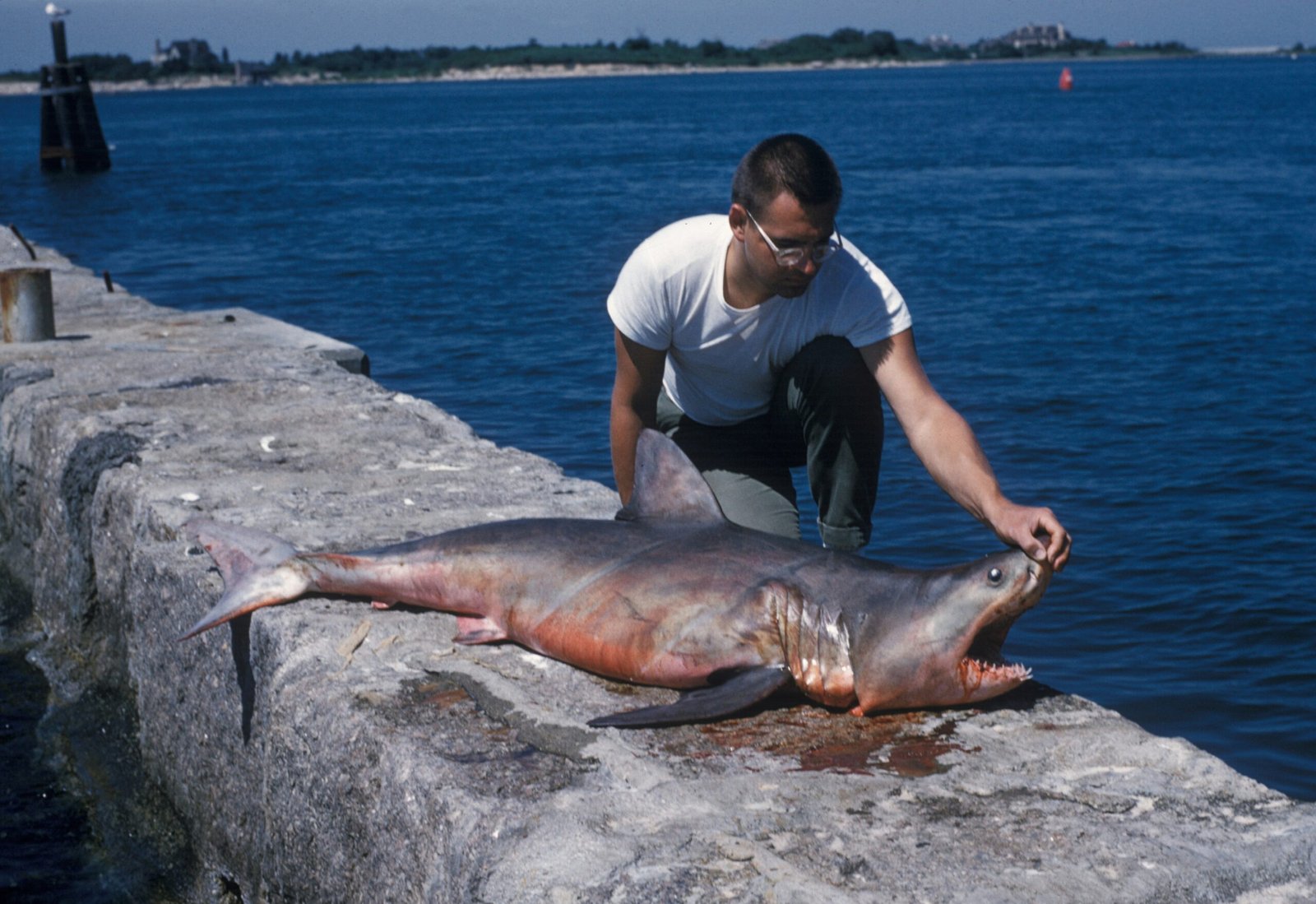Introduction to the Dead Sea and its significance
The Dead Sea, a mesmerizing body of water nestled between Jordan and Israel, has long captivated visitors with its remarkable features. Known for its high salinity and mineral-rich mud, it draws travelers seeking healing and relaxation. But beyond its natural beauty lies a pressing concern: the Dead Sea is rapidly declining. As we delve into the current state of this iconic landmark, we uncover not just the causes behind its decline but also the far-reaching effects on our environment and local communities. This isn’t just an environmental issue; it’s a call to action that affects us all. Let’s explore why the question “Is the Dead Sea dying?” matters more than ever before.
The current state of the Dead Sea
The Dead Sea, once a majestic body of water, is now facing alarming changes. Its surface continues to shrink dramatically each year, with reports indicating a loss of over one meter in depth annually.
Visitors now see vast stretches of dry land where the sea used to be. Salt formations and sinkholes have become common sights along its shores. This transformation has turned a once-popular tourist destination into an area marked by uncertainty.
Local ecosystems are struggling as salinity levels rise and habitats diminish. The unique flora and fauna that thrived around its banks are at risk, creating ripple effects throughout the region.
Communities depend on this natural wonder for tourism and health benefits derived from its mineral-rich waters. As the Dead Sea diminishes, so too do livelihoods tied to its allure.
Causes of the Dead Sea’s decline
The decline of the Dead Sea is a complex issue driven by various factors. One major cause is water diversion from the Jordan River, which feeds into it. As countries upstream withdraw more water for agriculture and domestic use, less reaches this unique body.
Another significant factor is mineral extraction industries. Companies extract minerals like potash and bromine, leading to further depletion of its waters. This industrial activity alters the delicate balance that sustains the Dead Sea.
Climate change also plays a role in its decline. Rising temperatures increase evaporation rates, intensifying the loss of water from this already shrinking sea.
Tourism can contribute to environmental strain as well; increased foot traffic around its shores impacts local ecosystems. Each little action adds up over time, pushing this natural wonder closer to crisis mode without immediate intervention or awareness from those who cherish it.
Impact on the environment and surrounding communities
The decline of the Dead Sea has far-reaching effects. As water levels drop, unique ecosystems are threatened. The fragile balance that supports local flora and fauna is disrupted.
Surrounding communities face economic challenges too. Tourism, once thriving due to the sea’s mineral-rich waters, is dwindling. Hotels and businesses struggle as visitors decrease.
Additionally, agriculture in nearby areas suffers from changing salinity patterns. Farmers depend on natural resources from the Dead Sea; its deterioration directly impacts crop yields.
Cultural heritage sites also bear the brunt of this crisis. Many historical landmarks rely on stable environmental conditions for preservation.
As these changes unfold, a sense of loss permeates through local populations who have long revered this natural wonder. The connection between people and their environment is increasingly strained as they witness such an iconic landscape transform before their eyes.
Efforts to save the Dead Sea
Various organizations and governments are rallying to address the alarming decline of the Dead Sea. Collaborative initiatives aim to halt its shrinking shoreline and restore its unique ecosystem.
One significant project is the Red Sea-Dead Sea Water Conveyance. This ambitious plan proposes channeling water from the Red Sea into the Dead Sea, potentially stabilizing levels while generating hydroelectric power and desalination opportunities for surrounding regions.
Local NGOs also play a vital role in raising awareness about this environmental crisis. They educate communities on sustainable practices that help preserve local resources connected to the Dead Sea’s health.
Some advocates push for stricter regulations on industries that consume large quantities of freshwater from rivers feeding into this iconic body of water. These efforts emphasize responsible management aimed at conserving not just water but cultural heritage tied closely to this historic site.
Solutions proposed by experts and government officials
Experts and government officials are exploring a variety of innovative solutions to address the challenges facing the Dead Sea.
One prominent proposal involves creating a pipeline from the Red Sea. This would allow water to flow into the Dead Sea, potentially stabilizing its water levels. The project aims not only to replenish lost volume but also to generate hydroelectric power along the way.
Another approach is enhancing local tourism initiatives. By promoting eco-tourism and sustainable practices, communities surrounding the Dead Sea can benefit economically while raising awareness about environmental conservation.
Additionally, researchers advocate for stricter regulations on mineral extraction activities that contribute significantly to water loss. Implementing more sustainable mining practices could help balance economic interests with ecological preservation.
Collaboration between neighboring countries is crucial too. Joint efforts in managing shared resources may lead towards a comprehensive strategy that benefits everyone involved while protecting this unique ecosystem.
The future of the Dead Sea and its potential revival
The future of the Dead Sea hangs in a delicate balance. Experts believe that with concerted efforts, there is still hope for revival. Innovative projects are being discussed to replenish its waters and restore its unique ecosystem.
One promising initiative involves constructing pipelines from nearby water sources. This could help redirect inflows into the sea. Such a strategy might counteract the decreasing water levels.
Sustainable tourism also offers potential benefits. By promoting responsible travel and ecotourism, local economies can thrive without further depleting resources.
Community involvement plays a crucial role as well. Engaging residents in conservation efforts fosters stewardship over this natural wonder.
As scientific advancements continue, solutions may emerge that were not previously possible. The resilience of nature often surprises us; perhaps it will once again prove its strength here at the world’s saltiest lake.
Conclusion: Why we should care about saving the Dead Sea
The Dead Sea holds immense historical, cultural, and environmental significance. Its unique ecosystem supports various forms of life and offers people therapeutic benefits long cherished by many cultures. The ongoing decline poses serious risks not only to the local environment but also to communities that rely on its resources for their livelihoods.
Preserving the Dead Sea is about much more than just a body of water; it’s about safeguarding history, culture, and biodiversity. The repercussions of losing this natural wonder would extend beyond its borders. They would ripple across economies and ecosystems throughout the region.
Each effort made towards saving the Dead Sea serves as a reminder of our duty to protect such irreplaceable treasures. It’s essential for individuals, governments, and organizations alike to unite in advocating for sustainable practices that contribute positively rather than detract from these vital landscapes.
The world should care deeply about maintaining the beauty and integrity of places like the Dead Sea—where nature meets history in an extraordinary way—and ensure generations can experience its wonders just as we have.

